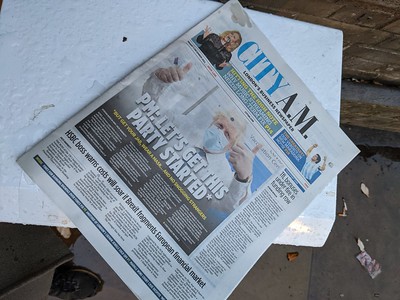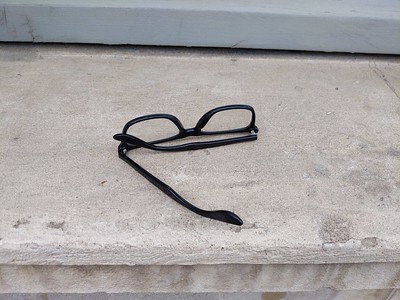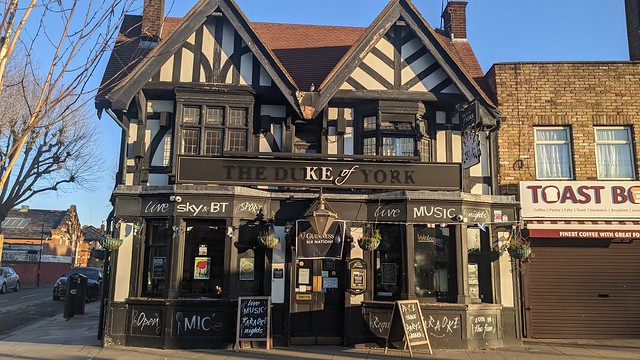It was lovely to have the opportunity to talk about my work in front of a live audience as part of London Independent Photography's Members Day. It's been a few years!
This was the first time the event was held in a local satellite group so it seemed fitting to talk about my Living Lockdown project from the streets of Ealing. I wanted to show the impact the pandemic had brought to my work so it was nice to resurrect some of my black and white photographs from London's West End too.
I brought some of Stuart Keegan's prints along too and it reminded me that there are many I never had scanned for the website. It would be great to find a way to do them justice!
The event was also the launch of the latest fLIP magazine where I've written a review of The Book of Veles by Jonas Bendiksen. Its origins were in a talk I gave to my local group earlier this year and I enjoyed spending more time on reflecting on its cosequences for documentary photography.
As Bendiksen reflects, for him documentary photography is photography which has the intention of being part of the conversation about us, us meaning us humans, and the situations we find ourselves in. The questions we're facing. The solutions that we're aspiring to. Documentary photography is photography that relates directly to those somehow. However you make it.
It's a candid assessment and, in the light of his experience, a view worth listening to. Is this a natural evolution or heresy? Will the Book of Veles be seen as prophecy or prank?
If we care about this form of photography, I suggest we keep paying attention.












